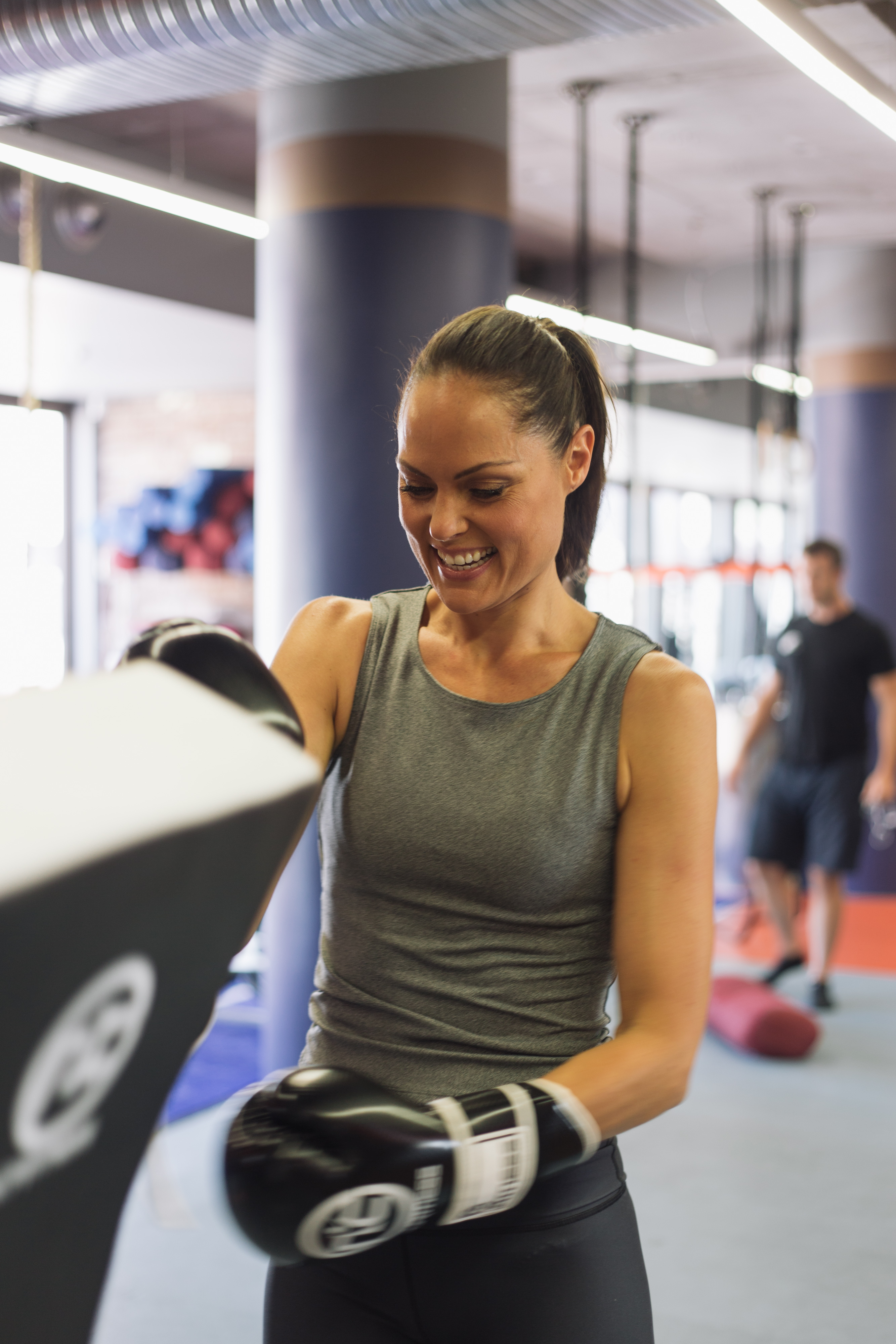This week is Exercise Right week (20-26 May 2019) – an annual campaign to encourage Australian’s to be more active! I am lucky enough to be a lover of exercise, because I find it not only helps me perform at my best physically, but is also key to maintaining good mental health.
In the short term exercise can provide us with a boost of energy, an endorphin rush and therefore better moods as well as help to regulate appetite, weight and digestive health.
From a long-term perspective, a recent study looked at the association between cardiorespiratory fitness and long-term mortality. In this study 122,007 participants underwent treadmill testing and the results showed cardiorespiratory fitness with inversely associated with all-cause mortality. There was no upper limit of benefit.
The overall findings suggested that cardiorespiratory fitness is a modifiable indicator of long-term mortality and maintaining a high level of fitness throughout life is important. This means, making sure you stay active is one of the best things you can do for your health!
How much exercise is recommended according to the Australian Physical Activity guidelines?
For Adults aged 18-64 years:
- 150-300 minutes (2.5-5 hours) of moderate intensity physical activity or 75-150min (1.25-2.5 hours) of vigorous activity or an equivalent combination of both moderate and vigorous, each week.
- Muscle strengthening activities on at least 2 days per week.
- Any physical activity is better than none! Aim to be active everyday.
For adults over this age range, around 30 min of moderate intensity physical activity, every day is a good goal to aim for.
How to maintain a consistent exercise routine?
It’s not uncommon to sign up for an 8 week challenge, feeling really motivated to get fit, only to find at the end of the 8 weeks, you return to being inactive. If you can relate, here are some factors to consider, which may be barriers to making exercise a part of your daily routine.
Know your why!
Being clear on why you want to exercise in the first place and making sure your exercise of choice fits this, is key. For example, if your goal is to de-stress after a long day and you select a high intensity loud group fitness class, this type of exercise, isn’t likely to meet your needs and therefore you aren’t likely to stick to it. Alternatively, if you want to exercise to meet others, doing a home based routine or going for a solo run, isn’t going to meet your needs. Its common sense, but taking a few minutes to reflect on your WHY’s rather than following the latest fitness trend, and making sure your exercise fits your why, will help motivate you to keep up the routine.
Eating correctly
If we don’t consume adequate fuel we are unlikely to have the energy and motivation to exercise. This can become a vicious cycle because its also been shown that people who exercise, naturally eat better, so the two go hand in hand.
If you have just started an exercise regime and feel like your energy is flagging, make sure you are firstly consuming enough calories to support the energy output and also adequate carbohydrates. Aim for a serve of carbs at every meal and snack such as wholegrains (brown rice, wholemeal pasta, spelt pasta, buckwheat, quinoa, oats, freekeh, brown rice noodles, wholegrain bread), sweet potato, fruit and legumes, wholegrain crackers to name a few.
Paying attention to what you eat pre and post exercise can also make a difference depending on how intense and long your sessions are.
Pre-workout
- Generally, if your session is under 1.5 hours, you only need a small snack or nothing – it’s a personal preference.
- If session is over 1.5 hours – you may benefit from eating a carbohydrate rich snack before training to fuel your body for the workout.
- Good options include: banana or other piece of fruit, homemade nut/seed & oat bar, brown rice cakes, leftover roasted sweet potato or lentil/vegetable pattie.
Post-workout
- The purpose of this meal/snack is to provide the body with nutrition to refuel glycogen levels and prevent muscle/tissue breakdown.
- The key focus is getting in protein and complex carbohydrates.
- Good options include: smoothie using coconut water, banana and protein powder OR milk, yoghurt, oats and fruit, 1-2 slices toast/wholegrain crackers with cottage cheese and tomato or a left-over small quinoa salad with chickpeas and feta cheese
Schedule it in!
Without question, we schedule into our calendars, haircuts, work meetings, dentist appointments and dinner dates, with the intention of meeting these commitments. However, for most of us, exercise is not seen in the same light. Changing your mindset from exercise being something that ‘might happen’ if there is time and not a priority or commitment can help make exercise form a part of your daily routine. To practice this, start scheduling in your sessions and view it as any other commitment in your diary.
Build Confidence
Lack of confidence is a major barrier when it comes to getting started with exercise. Unfortunately, confidence will not come knocking on your front door and getting out there and making a start is the best way to find it. If you aren’t comfortable in your body, go out and buy a new outfit, which you feel excited to put on. If you are shy or don’t like exercising in front of others, start with a home workout or find a local small gym with like minded people or if you feel like you will ‘fail’ before you start, make small goals to prevent the feeling of overwhelm and build up from there.
